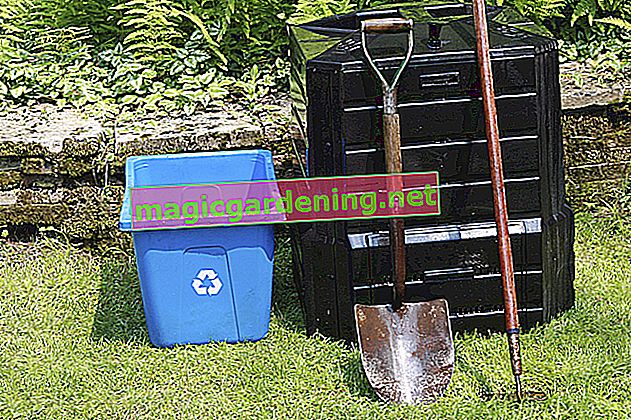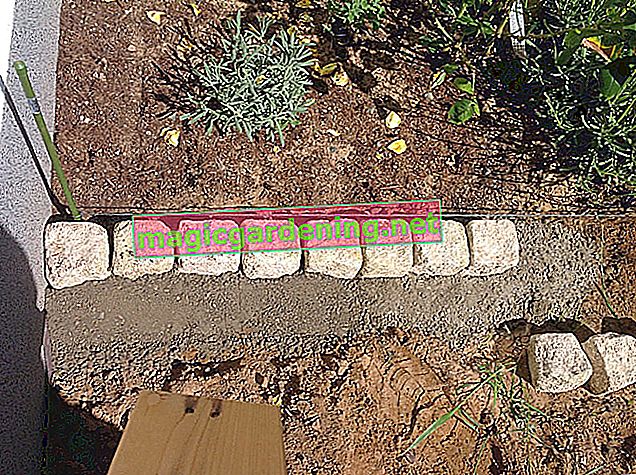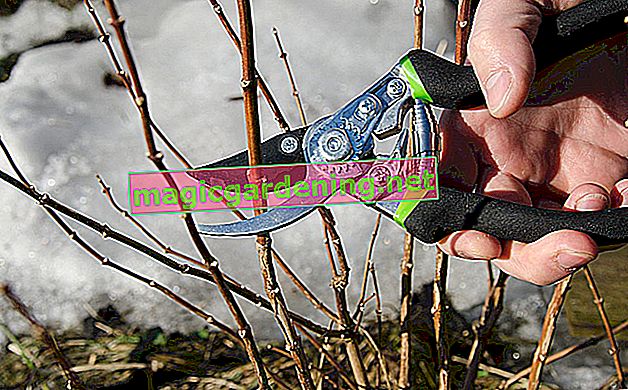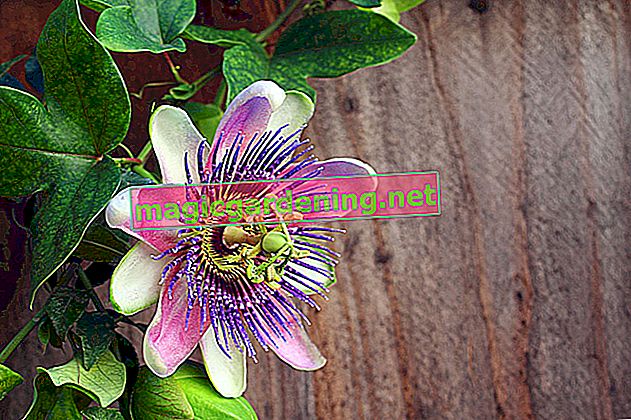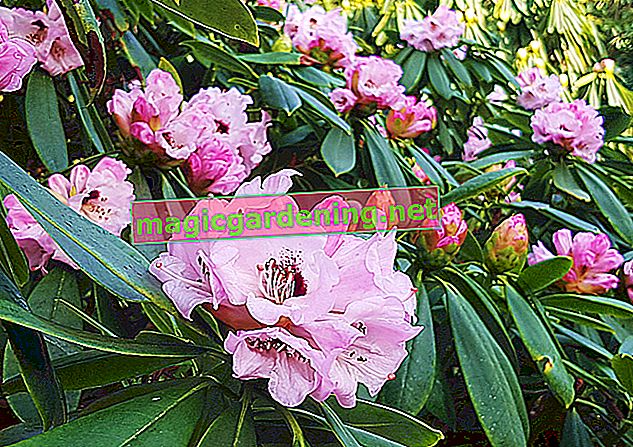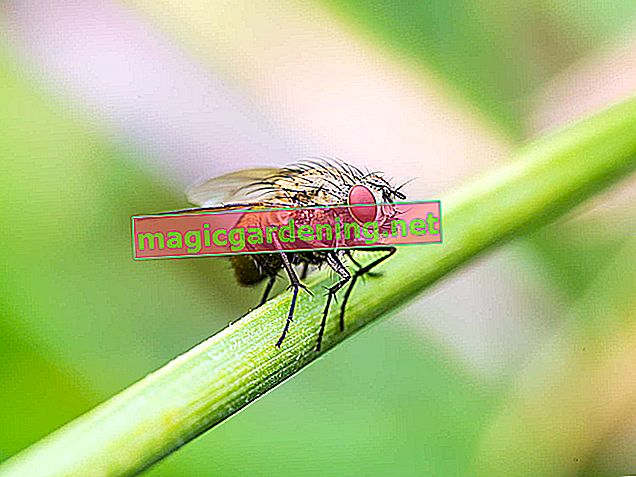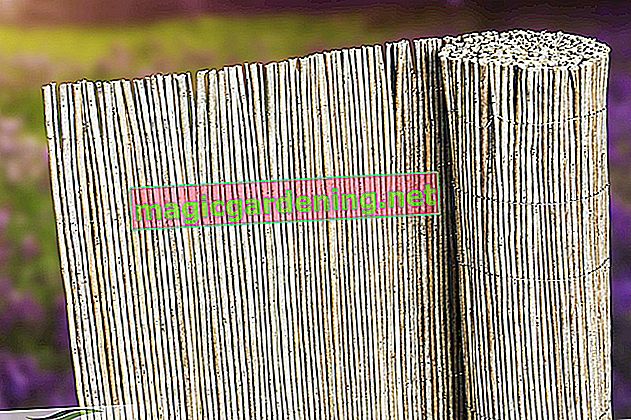
Hornbeams are not beeches, but birch trees
Even if hornbeams are often counted among the beech trees, they are birch plants. Because of their white wood, they are also called hornbeam. Another name is stone beech because hornbeams have the strongest wood of all European trees. They have green leaves that turn yellow in autumn.
also read
- In contrast to the common beech, the hornbeam is not poisonous
- What are the differences between beech and hornbeam?
- European beech and copper beech - how do the species differ?
European beeches and copper beeches are real beech plants. Red beech owes its name to the slightly reddish wood that is often used for furniture construction. Copper beeches are so called because of the red-brown leaves.
Differences between hornbeams and beeches
| tree | Plant family | Location | height | Growth per year | leaves | Substrate |
|---|---|---|---|---|---|---|
| European beech | Beech family | sunny, partially shaded | up to 40 meters | 30 - 40 cm | Green, orange in autumn | not sour, damp, no waterlogging |
| Copper beech | Beech family | sunny, partially shaded | up to 40 meters | 30 - 40 cm | dark red, orange-red in autumn | not sour, damp, no waterlogging |
| Hornbeam | Birch plants | sunny, shady | up to 20 meters | 20 - 40 cm | Medium green, yellow in autumn | undemanding, not too dry |
Planting common beech or hornbeam?
Whether you plant a common beech or hornbeam depends on several factors. Beeches are more sensitive when it comes to location. They prefer milder locations and need a lot of sun. In addition, they are shallow-rooted and therefore not so suitable for windy locations. The hornbeam has a heart root that digs deep into the ground. The tree therefore copes better in unprotected locations.
European beeches are a bit more delicate when it comes to the substrate. The soil can't be too acidic. It should be nutritious and well drained. Under no circumstances should the earth dry out completely. Red beeches do not tolerate waterlogging at all.
Hornbeams are not quite as big as European beeches and are therefore better suited for smaller gardens. However, if you have enough space and a location sheltered from the wind, a common beech, especially a copper beech, will be a real eye-catcher in every garden.
Tips
There are hardly any differences between the two types of tree in terms of care. Both need to be pruned twice a year in the hedge and as a single tree they can do without any pruning.


